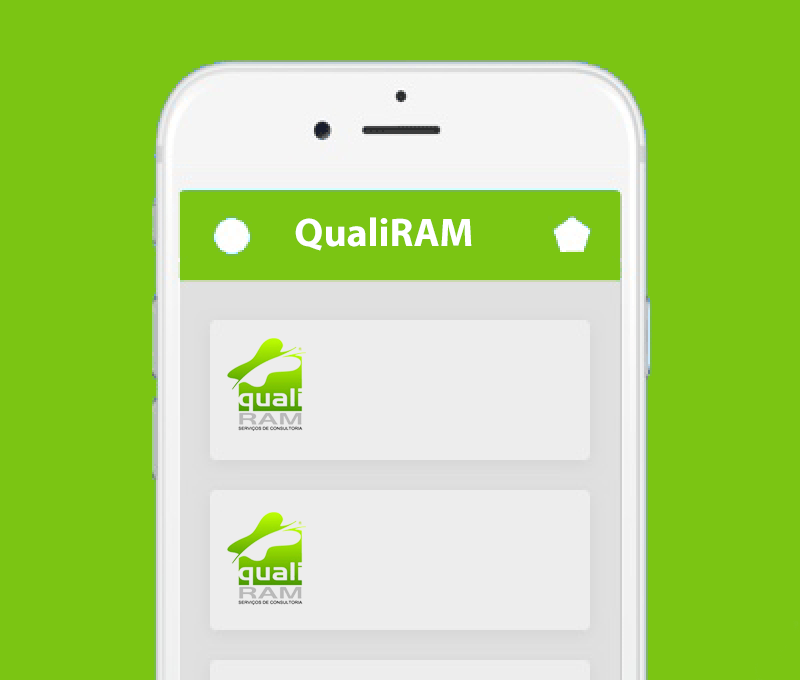Introduction to Verification
In an era where digital interactions dominate daily life, the Verification Process has become a cornerstone of trust and security. Whether it’s confirming a user’s identity or validating documents, verification ensures accuracy across industries. From financial transactions to online services, robust systems are critical to prevent fraud and maintain integrity.
Why Verification Matters in Modern Society
Modern society relies heavily on digital platforms, making Identity Verification essential for safeguarding personal and financial data. As cyber threats evolve, the need for secure Document Verification and reliable Online Verification methods has never been more urgent. These processes protect individuals from identity theft and ensure institutions comply with regulatory standards.
Types of Verification Methods
- Identity Verification: Confirming a person’s identity through biometrics, passwords, or government-issued IDs.
- Document Verification: Authenticating documents like passports, licenses, or birth certificates using digital tools.
- Online Verification: Leveraging software to validate information in real-time, such as checking credit scores or verifying addresses.
The Step-by-Step Verification Process
The Verification Process typically involves collecting data, cross-referencing it with trusted sources, and confirming its validity. For example, Identity Verification may require a user to submit a photo of their ID, which is then matched against a database. This method ensures consistency while reducing manual errors.
Benefits of Implementing Robust Verification Systems
Robust verification systems enhance security, reduce fraud, and improve user experience. By streamlining Document Verification, organizations save time and resources. Additionally, Online Verification enables seamless transactions, while Identity Verification builds trust between consumers and service providers.
Common Challenges in Verification Procedures
- Data privacy concerns when handling sensitive information during Identity Verification.
- Delays caused by outdated Document Verification methods that lack automation.
- Ensuring Online Verification remains accurate despite evolving cyber threats.
Emerging Trends in Verification Technology
Advancements in artificial intelligence and blockchain are revolutionizing verification. AI-powered tools now analyze patterns to detect fraud, while blockchain ensures immutable records for Document Verification. These innovations are making Online Verification faster and more secure than ever before.
Best Practices for Effective Verification
Adopting a multi-layered approach is key. Combine Identity Verification with biometric checks and implement automated Document Verification tools. Regular audits of Online Verification systems help identify vulnerabilities, ensuring compliance with legal standards.
Frequently Asked Questions About Verification
- What is Identity Verification? It’s the process of confirming someone’s identity using verified data sources.
- How does Document Verification work? It involves cross-checking documents against official databases to ensure authenticity.
- Can Online Verification be fully automated? Yes, with the right tools, most steps can be handled without manual intervention.
Legal and Ethical Considerations in Verification
Verification must align with data protection laws like GDPR and CCPA. Ethically, organizations must balance security with privacy, ensuring Identity Verification doesn’t infringe on user rights. Transparent policies build trust and encourage compliance with Document Verification protocols.
How Businesses Can Improve Their Verification Processes
Businesses should invest in AI-driven Online Verification tools and train staff on emerging threats. Partnering with third-party services can also enhance Identity Verification accuracy. Regular updates to Document Verification systems ensure they remain effective against new fraud tactics.
The Role of Artificial Intelligence in Verification
AI transforms Verification Process by analyzing vast datasets to detect anomalies. Machine learning models predict fraudulent activity, while natural language processing verifies documents efficiently. These technologies make Identity Verification and Document Verification faster and more accurate, reducing human error.
Verification Across Different Industries
- Finance: Banks use Identity Verification for account openings and Online Verification for transaction approvals.
- Healthcare: Document Verification ensures patient records are accurate and secure.
- E-commerce: Online Verification prevents fake accounts and fraudulent purchases.
Tips for Consumers Navigating Verification Requirements
Consumers should stay informed about Identity Verification protocols and protect personal data. When faced with Document Verification, ensure platforms are reputable. Always verify the legitimacy of Online Verification requests to avoid scams. For banking needs, consider exploring Prepaid Debit Cards as a secure option.
